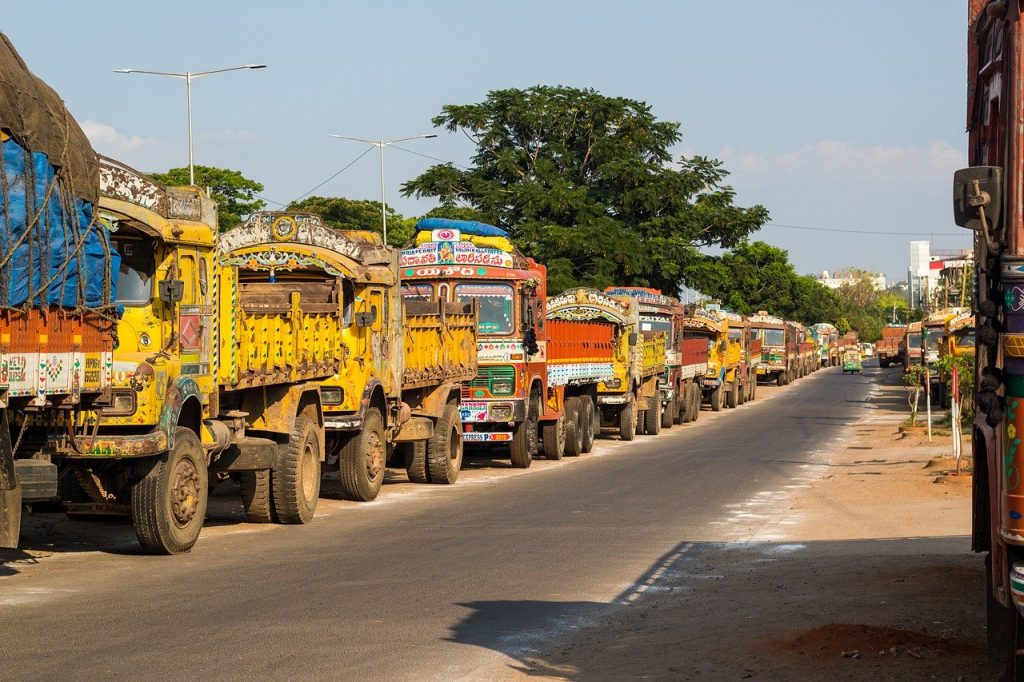India’s Ruthless Response to COVID 19
India’s lockdown has now been if force for more than a month. The announcement on March 24th was dramatic, bold and also ruthless. The international community broadly applauded the move and it received welcome from the WHO ‘as early, far-sighted and courageous’. The WHO Director tweeted his praise for the government’s announcement of a $24 million support package for the country’s vulnerable population.

What has been the impact thus far of this closing down of Indian society, a society racked by economic, political, religious, and social divisions and inequity? What has been the experience for vulnerable populations? How are these new concepts of ‘social distancing’ interacting with the existing hierarchies in India?
The Prime Minister (Narendra Modi) is a man of bold and dramatic gestures (such as demonetising the currency at a stroke of midnight on 8th November 2016). The first announcement of the lockdown gave only 4 hours’ notice for nearly 1.3 billion people of India to make arrangements to abide by the new rule of not crossing the boundary of home. There was little thought given to how millions of migrant workers, dwellers of informal settlements, and daily wage labourers in rural areas would manage such a stringent rule almost immediately. Nearly 139 million migrant workers were left with no livelihood overnight.
In the first few days of the lockdown, television screens captured long processions of migrant workers walking miles to go back to their native villages. And many of these were brutalised by police as, by walking back to their villages, they were violating the lockdown. While a few states such as Kerala made provisions for migrants, ensuring shelter and food to enable them to stay in place, the Indian government made greater effort to bring back Indian citizens stuck abroad than ensuring that migrant workers within India were supported to safely reach their home villages.
Social distancing policies are important in the current public health crisis, but little thought was given to how to implement them in practice. In slums, the advice to maintain a distance of six-feet from one another and frequently wash hands are impossible in cramped and unsanitary conditions. Within the Indian context, it is also ominous: the sanitary precaution of physical distance often translates to the maintenance and accentuation of hierarchies based on notions of ritual purity and caste- and gender-based disparities. The potential for abuse and maltreatment is enormous.
The poor, the marginalised and the vulnerable are indeed paying a high price: no wages despite Government order to small and medium-size businesses to pay full wages during the lockdown; inadequate provision of food despite a vast network of community kitchens as part of the midday meal scheme for poor children; no provision of minimum sanitation materials such as gloves and hand sanitiser, as many do not have running water; and limited access to health facilities, leaving many to die not from COVID 19 but from starvation and other neglected health conditions (see op-ed by Bharka Dutt in Washington Post, April 23rd).
Equally disconcerting is the intensification of anti-Muslim harassment and violence. Twitter is alit with hashtags #CoronaJihad and #BioJihad. Much of the vitriol has its origins in the international gathering of Tablighi Jamaat, a Muslim sect, in Delhi March 8–10, well before the lockdown was announced. This event was no doubt a ‘super spreader’, not unlike the congregation of the Shincheonji Church of Jesus in South Korea which accounted for 60% of the confirmed cases there. However, there was no state sponsored discrimination there, unlike in India where the official public health daily statistics on COVID 19 specifically highlighted the number of cases attributed to the Tablighi Jamaat meeting. This in effect spurred greater hostility towards Muslims, leading to open acts of violence against them in various parts of the country.
While the lockdown has apparently flattened the curve according to experts, it has equally intensified the class, caste, and religious inequalities that mark Indian society. COVID 19 is not the ‘great equaliser’ but opportunistically exploits the inherent axes of inequality in society resulting in minorities, the poor, and the vulnerable bearing the brunt of the impact of this virus. As India continues to respond to the COVID 19 crisis and even moves to ease restrictions, there is a need for greater insistence by civil society actors and the intelligentsia that government authorities provide more tailored responses to the Indian context of inequality to ensure a more humane response.
Nata Duvvury
Nata Duvvury is Senior Lecturer and Director, Centre for Global Women’s Studies and Co-Leader of Gender and Public Policy Cluster in the Whitaker Institute at National University of Ireland, Galway. Dr. Nata Duvvury is an international development expert with more than 25 years of experience in gender, development and empowerment. Her work includes research and advocacy on gender-based violence, women’s property rights, and HIV and AIDS in a variety of settings including conflict and post-conflict contexts.

